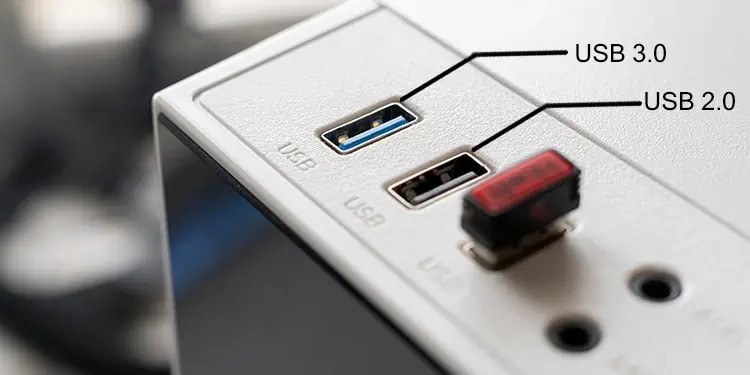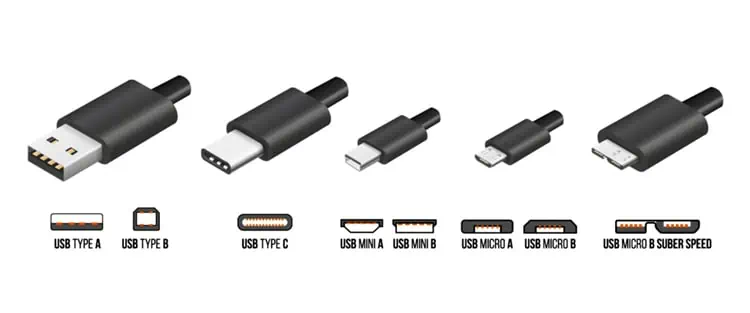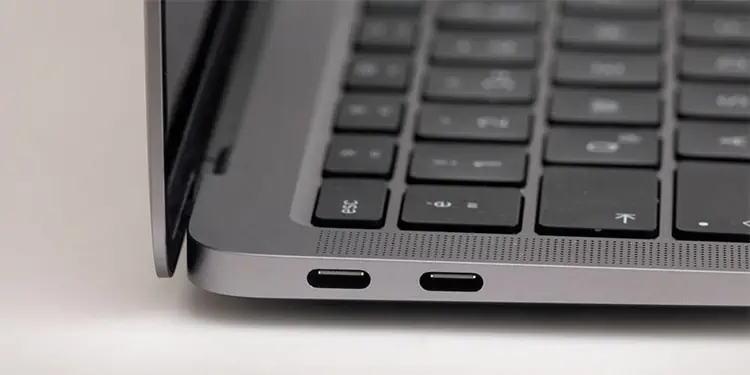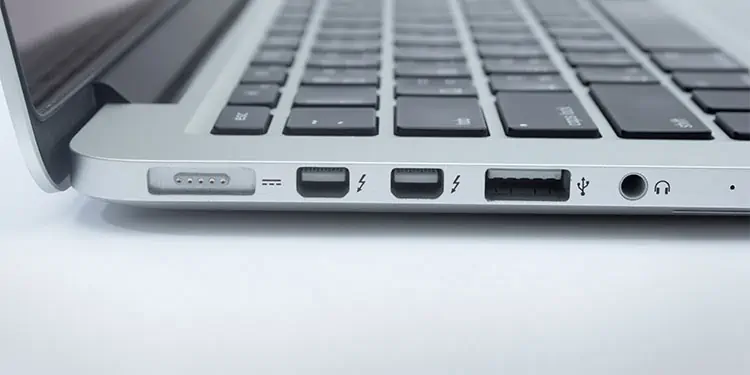USBs have been a real game changer for the world of technology, and they’ve been constantly evolving since the introduction of USB 1.0 in 1996.
Talking about the changes, each generation of USB 3 brought noticeable improvements, which were generally well received by users. The naming convention on the other hand, was a disaster.
Both the official and marketing names were revised multiple times. For instance,USB 3.0was renamed asUSB 3.1 Gen 1, and renamed again asUSB 3.2 Gen 1×1. While the latter is the currently used name, some people still prefer the older names, which adds to the confusion.

If you’re (understandably) confused as well, the table below should be helpful.
For ease of reading, we’ve organized the sections below in chronological order with the current generation-based naming convention, i.e.,USB 3.2 Gen 1×1, 2×1, and 2×2.
USB 3.2 Gen 1×1 (USB 3.0)
USB 3.2 Gen 1×1, originally introduced as USB 3.0 in November 2008, had severalsignificant improvements over USB 2.0, its predecessor.

The revised USB 2.0 standard supported all types of connectors from Type-A to Mini-AB. USB 3.0 dropped support for the mini connectors and instead supportednew versions ofType-A, Type-B, Type-C, Micro-A, Micro-B, and Micro-AB connectors.
The USB 3.0 Type-A connectors were backward compatible with the USB 2.0 version. However, this isnot the casefor the rest of the connectors, as the other versions don’t physically match. You’ll need an adapter to use these USB 3.0 connectors with a USB 2.0 port.
With these connectors, USB 3.0 specified 150 mA or0.6 Wcurrent for one unit load devices, and up to 900mA or4.5 Wfor max six load devices at5 V. Additionally, USB 3.0 ports could bump the available current up to 1.5 A or7.5 Wif implementing the USB Battery Charging Specification.

And most importantly, USB 3.0, which was marketed as SuperSpeed, introduced max transfer speeds of up to5 Gbit/s, a massive 10x increase from USB 2.0’s Hi-Speed USB.
USB 3.2 Gen 2×1 (USB 3.1)
USB-IF introduced the USB 3.1 standard in 2013, and this is where the rebranding mess began. USB 3.0 was renamed to USB 3.1 Gen 1, while USB 3.1 was marketed as USB 3.1 Gen 2, or SuperSpeed +.
USB 3.1 Gen 1 superseded USB 3.0, meaning it had the same specs, with 5 Gbit/s max bandwidth over a single lane using 8b/10b encoding.

USB 3.1 Gen 2 improved on these specs with a new max data transfer rate up to10 Gbit/swith128b/132b encoding. Of course, this was only a theoretical max. But the real-world max speeds were still very impressive at over7Gbit/s.